PROTECT YOUR DNA WITH QUANTUM TECHNOLOGY
Orgo-Life the new way to the future Advertising by AdpathwayPinching is a method of herb pruning that requires no tools or specialized equipment. You use your fingertips to trim off the growing tips. This process promotes more stems, blooms, and even branching.
Pinch herbs throughout the growing season whenever you need to harvest them. Take the trimmings inside and use them fresh, or dry them for the future. To properly pinch, pick off the stems right above leaf nodes where new growth occurs. Take care not to hurt the tender sprouts emerging from the nodes.
Whether you don’t have pruners or you only need a little bit of herbs, pinching is a great technique to employ in the garden. Take some basil for pizza, a bit of cilantro for your tacos, and lavender for inside your pillowcase. No matter your herbal preferences, you can pinch these 11 plants while they’re actively growing.
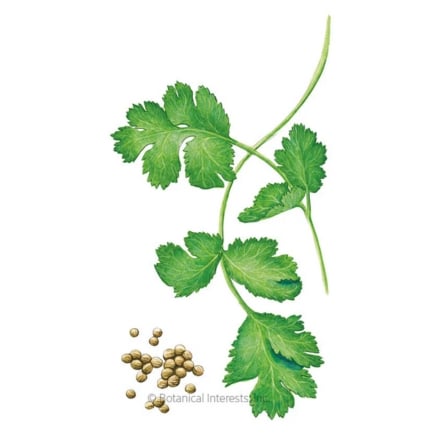
Long Standing Santo Cilantro Seeds

Summer Savory

Basil
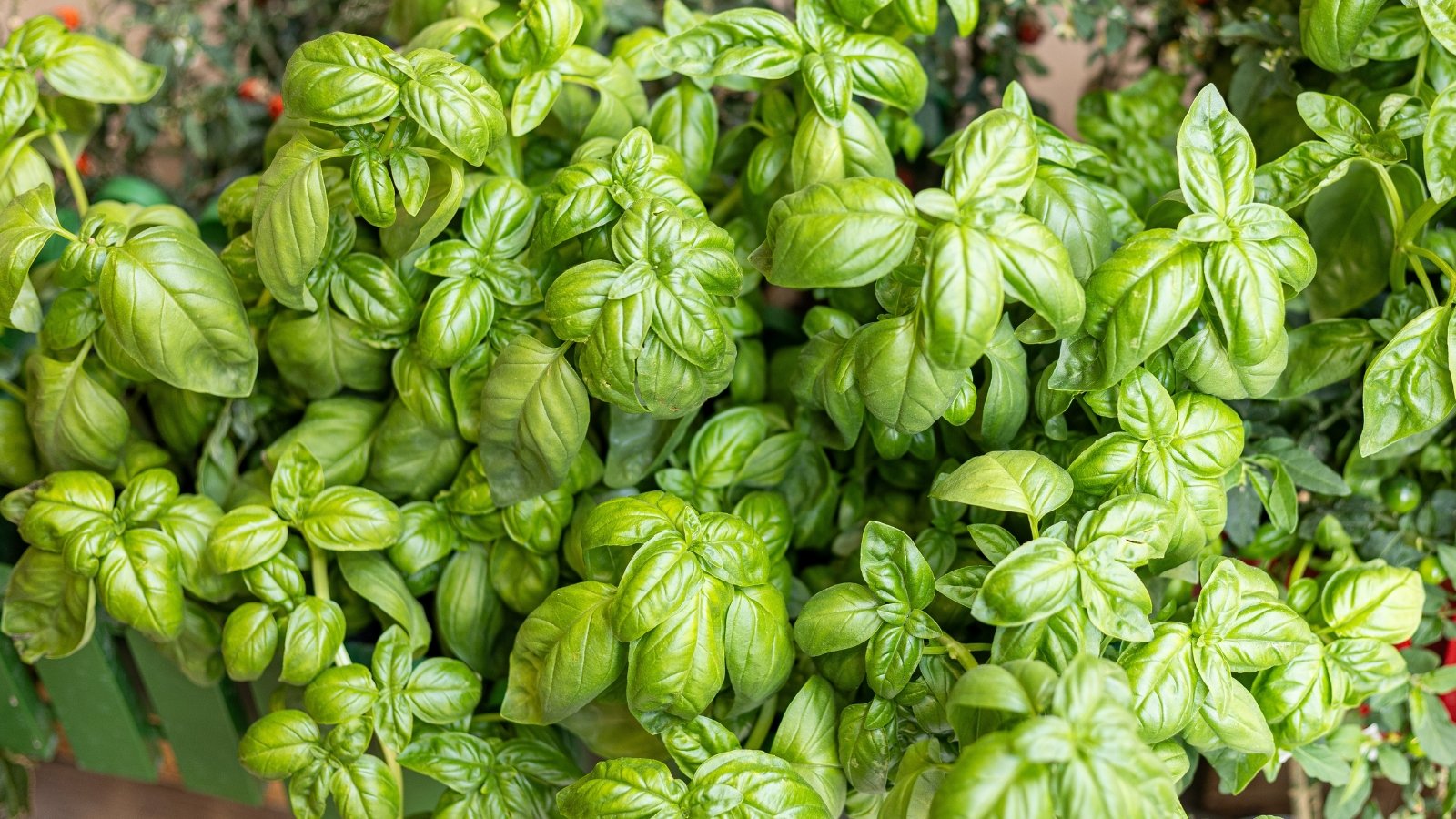 Shaping early helps the plant fill out beautifully fast.
Shaping early helps the plant fill out beautifully fast.A perennial in warm climates and an annual in all other areas, basil is the iconic herb of old Italy, Greece, and the Mediterranean. It’s essential for pesto and pasta because of its unique flavor and bright green color.
When you pinch this herb’s tips, you promote two new stems to sprout from below the cut. Consistent pinching will lead to dense, bushy plants with dozens of perky leaves. Without pruning, basil may grow tall, leggy, and with few leaves.
Cilantro
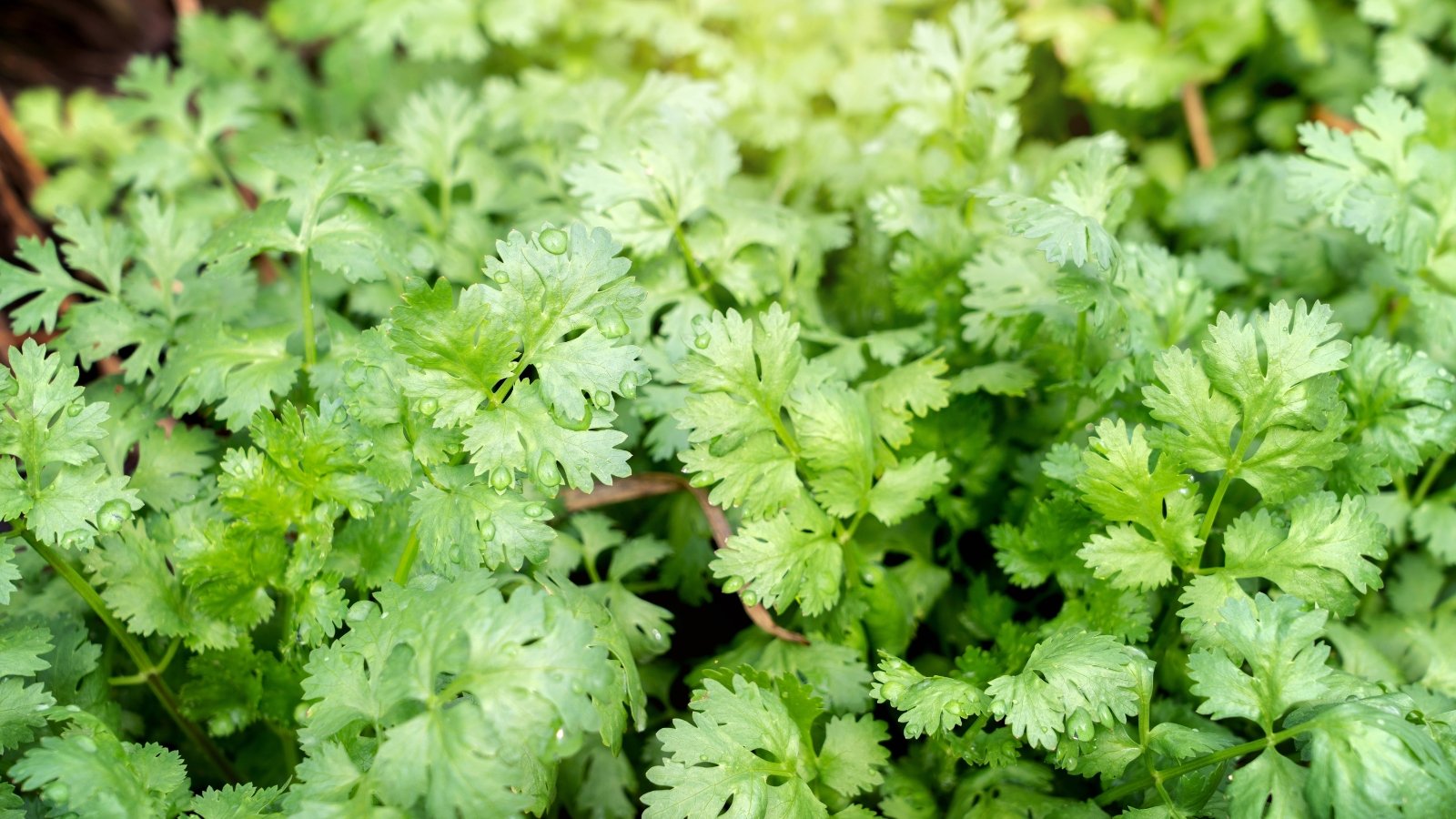 Cutting tall stems brings tender new ones from below.
Cutting tall stems brings tender new ones from below.An annual herb, cilantro grows best during the warm months of the year. It may bolt and sprout flowers if the weather grows too hot, or if it grows without consistent harvests. When you pinch cilantro, you promote more leaves to form instead of flowering stalks.
For best results, pinch the cilantro leaves and stems when the plants reach six inches or taller. Leave one to two inches of stem left on each one, and new leaves will grow from the base of the plants.
Cilantro is also called coriander! The two spices come from the same plant. The leaves are cilantro, while the seeds are coriander. Not only can you pinch the leaves, but you can pinch the seeds and flowers too! Use the flowers in salads, and grind the seeds into a spice powder.
Lavender
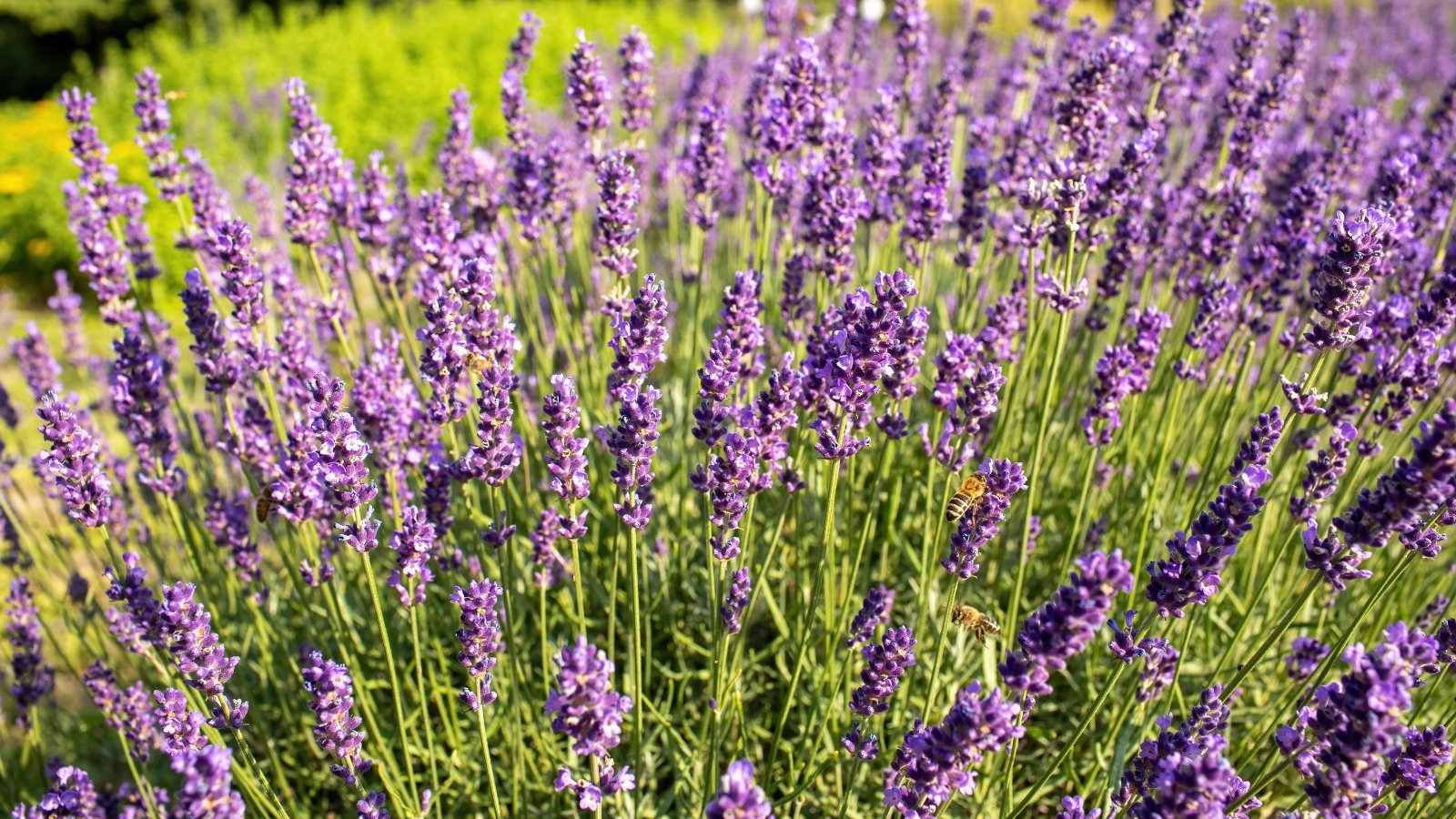 Collect flowers for sachets when the buds just open.
Collect flowers for sachets when the buds just open.Though some cooks use lavender in their dishes, it has ample benefits as a fragrant, calming herb in potpourris and sachets. With many pinches, you’ll limit the size of your shrub so it stays bushy and compact.
Pinch this herb’s flowers or leaves from green, flexible stems. The woody portions are impossible to pinch; they require pruners! Prune no more than one-third of the woody stems if you need to push the plant back. Instead of heavy pruning, simply make many pinches while the plants grow in spring, summer, and fall.
Marjoram
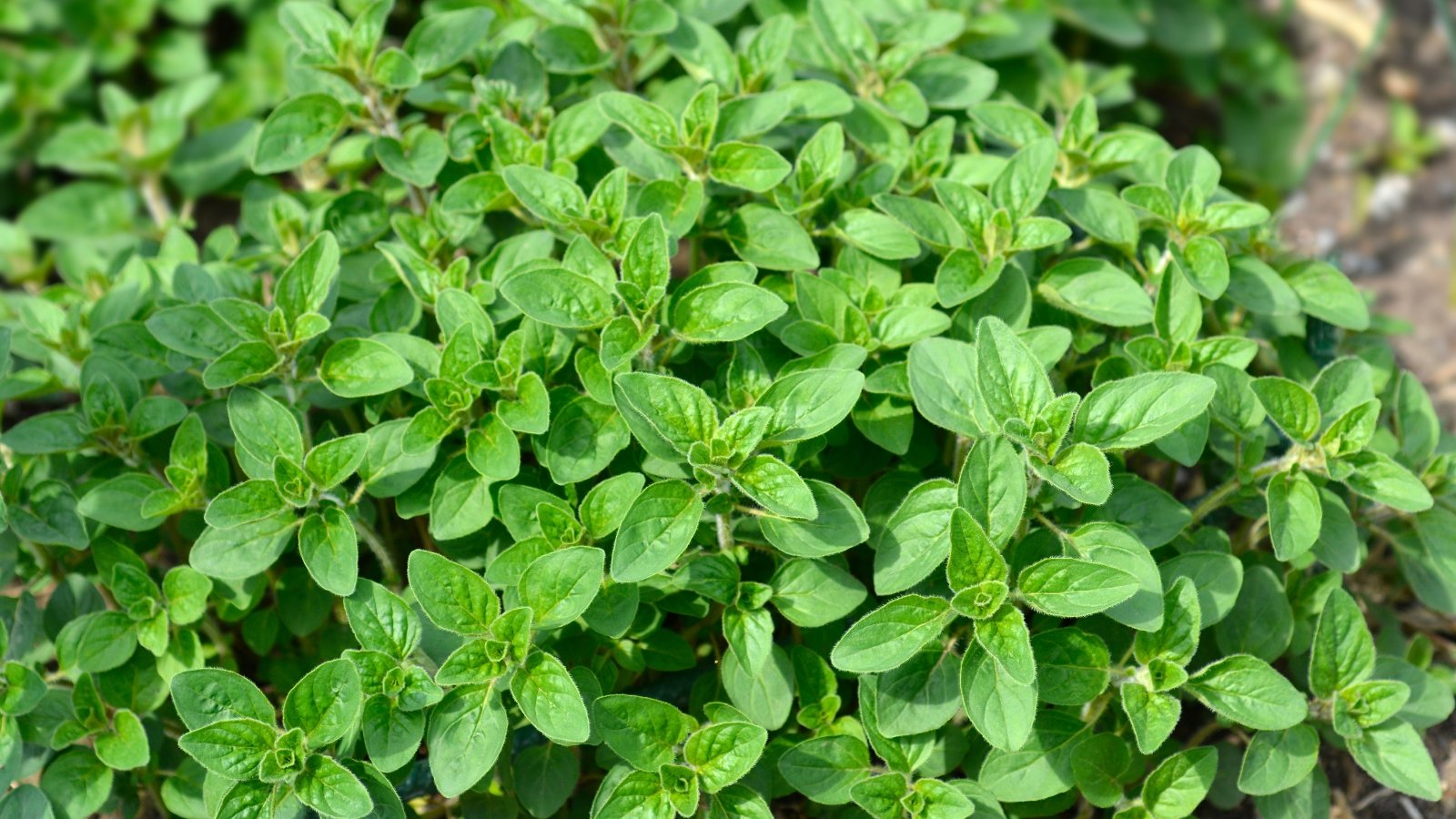 Keep it tidy, and it rewards you with aroma.
Keep it tidy, and it rewards you with aroma.Like oregano, marjoram has a savory, complex flavor that lends itself well to beans, stews, and marinades. It’s not as potent as oregano—it works well for cooks who dislike the pungent effect of oregano.
Marjoram is different from oregano because of its growing habits, too. It’s less cold-tolerant, surviving as a perennial in USDA hardiness zones 9 through 10. It’ll occasionally survive winters in zone 8 with extra protection.
To get the most from your marjoram, pinch it as long as it’s actively growing. It’ll flower if you don’t pinch it, so stay on it! Pinch short or long portions off the stems, and leave a few inches of them left to sprout new growth.
Oregano
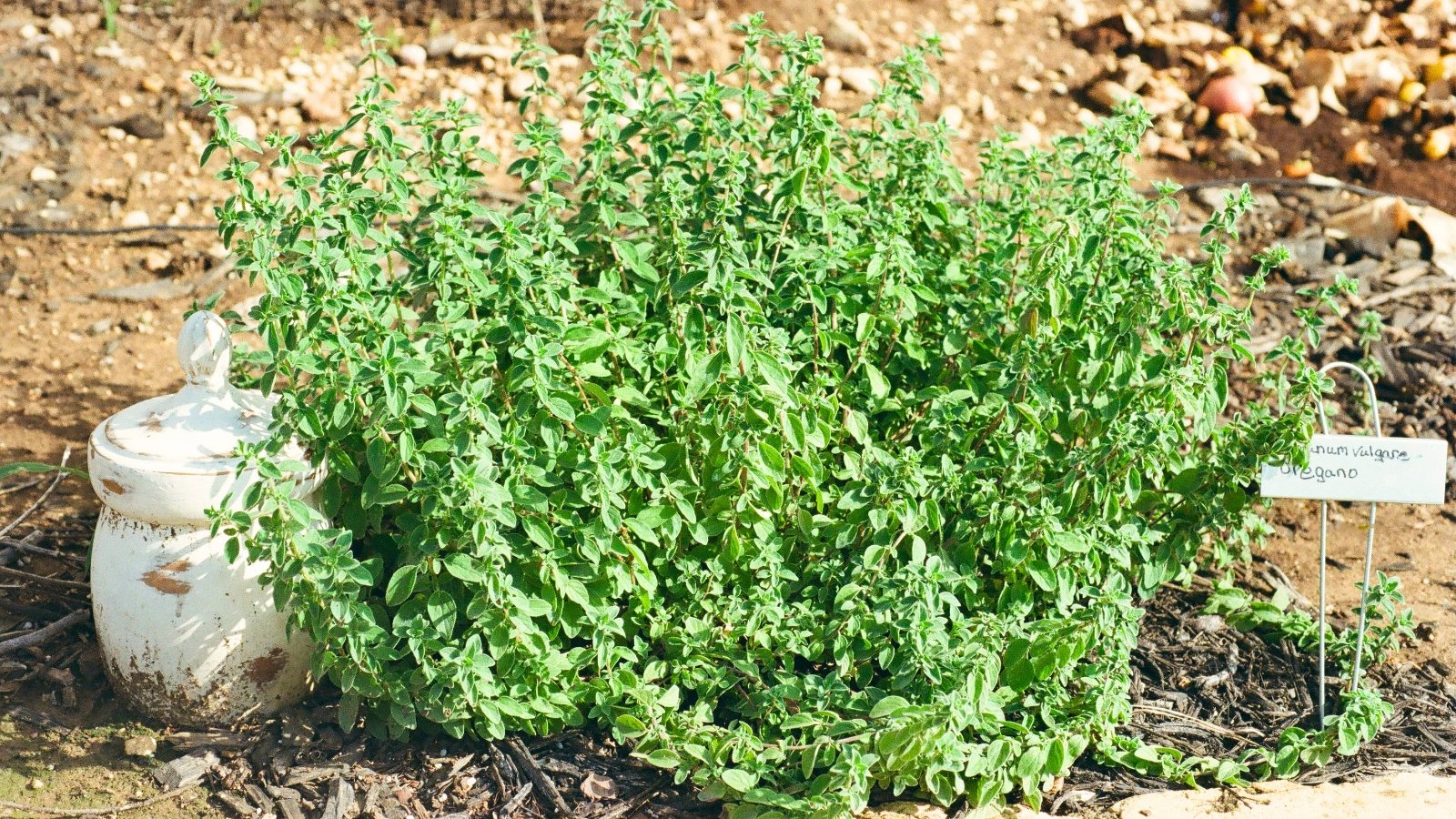 It loves full sun and easily spreads into an attractive low-growing shrub.
It loves full sun and easily spreads into an attractive low-growing shrub.Oregano is marjoram’s stronger cousin; it’s perfect for chefs and cooks who love Italian, Greek, and Latin American cuisines. Blend it with basil, thyme, and savory for a powerful and pungent herbal spice mix.
Like marjoram, oregano appreciates being pinched. Remove the growing tips with your fingers to prevent blooms from appearing and to promote bushy new growth.
There are two main types of oregano: common and Greek. Use the Greek variety for cooking and the common one in teas and salves. Both types appreciate pinches.
Rosemary
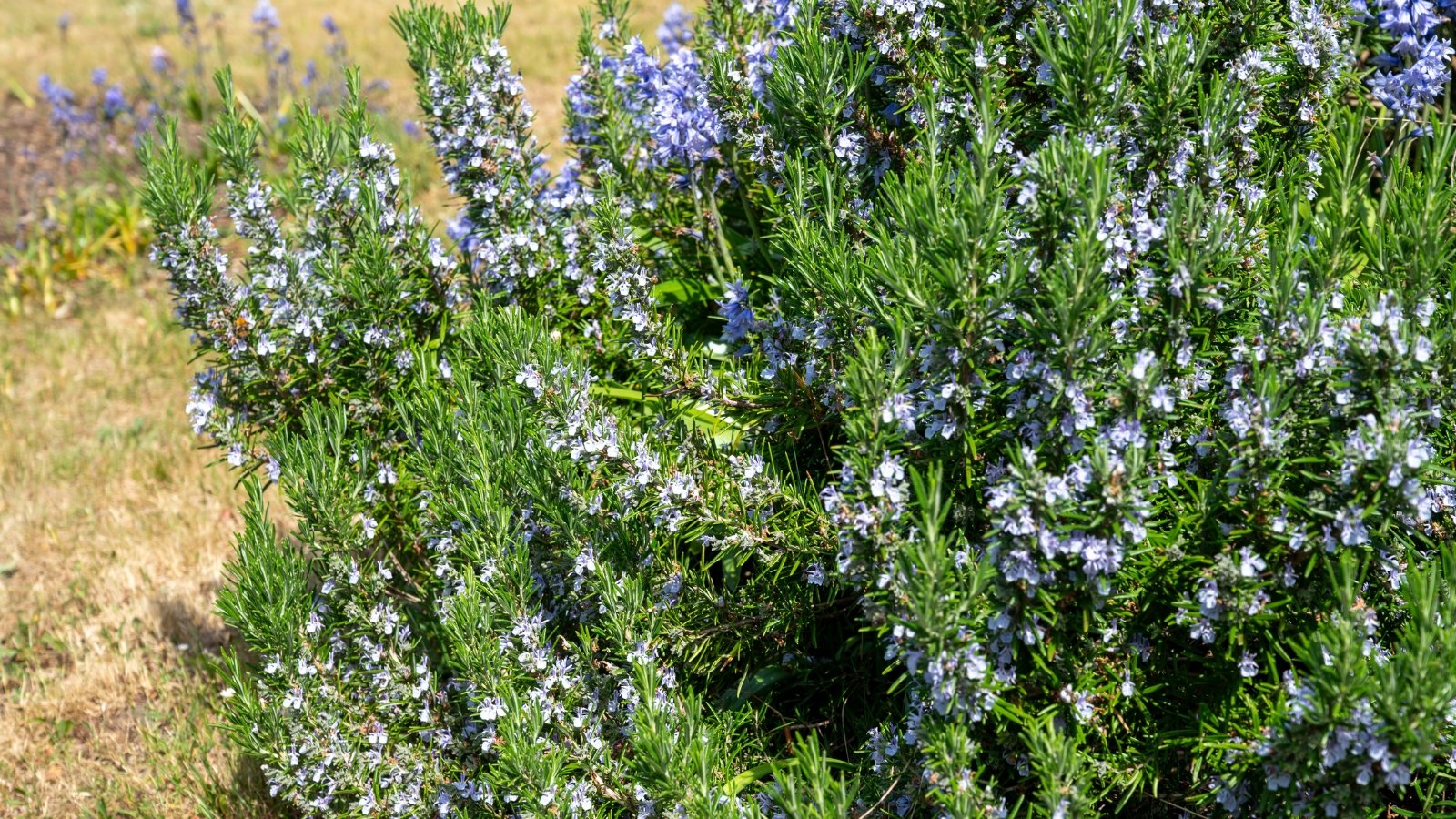 Snipping young shoots brings flavor and fullness with every cut.
Snipping young shoots brings flavor and fullness with every cut.Lavender’s herbal relative, rosemary, is essential for mashed potatoes, sourdough bread, and oil blends. When you pinch its tips, you promote more stems to form below the cut portion. The more you pinch, the more leaves you’ll have to harvest in the future!
Rosemary, like lavender, gets woody over time. The lower portions of the plant will thicken, swell, and harden each season. Pinch the green growth, but avoid hurting your fingertips on the woody parts. Save the woody stems for the pruners!
Broadleaf Sage
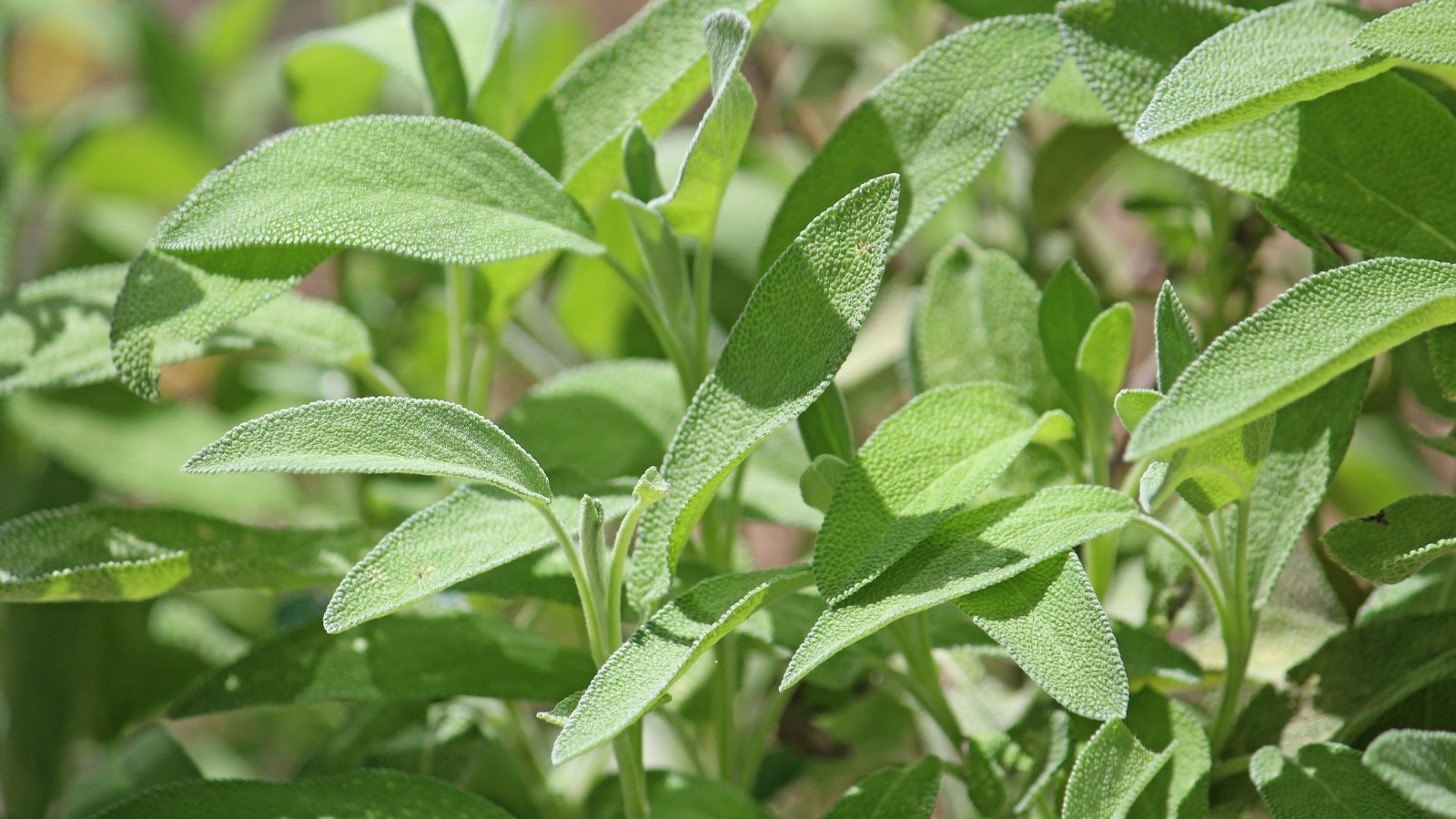 Pinching encourages more blossoms through the warmer months.
Pinching encourages more blossoms through the warmer months.Sage is a member of the Lamiaceae family, along with lavender and rosemary. It’s aromatic, flavorful, and essential in a wide array of dishes and meals. Dry it for pasta sauces, meat spice mixes, and roasts.
Broadleaf sage flowers in late spring. You may pinch it continuously throughout spring and summer to encourage ample branching and blooming. The more pinching you do, the more blooms that will sprout.
Scented Geraniums
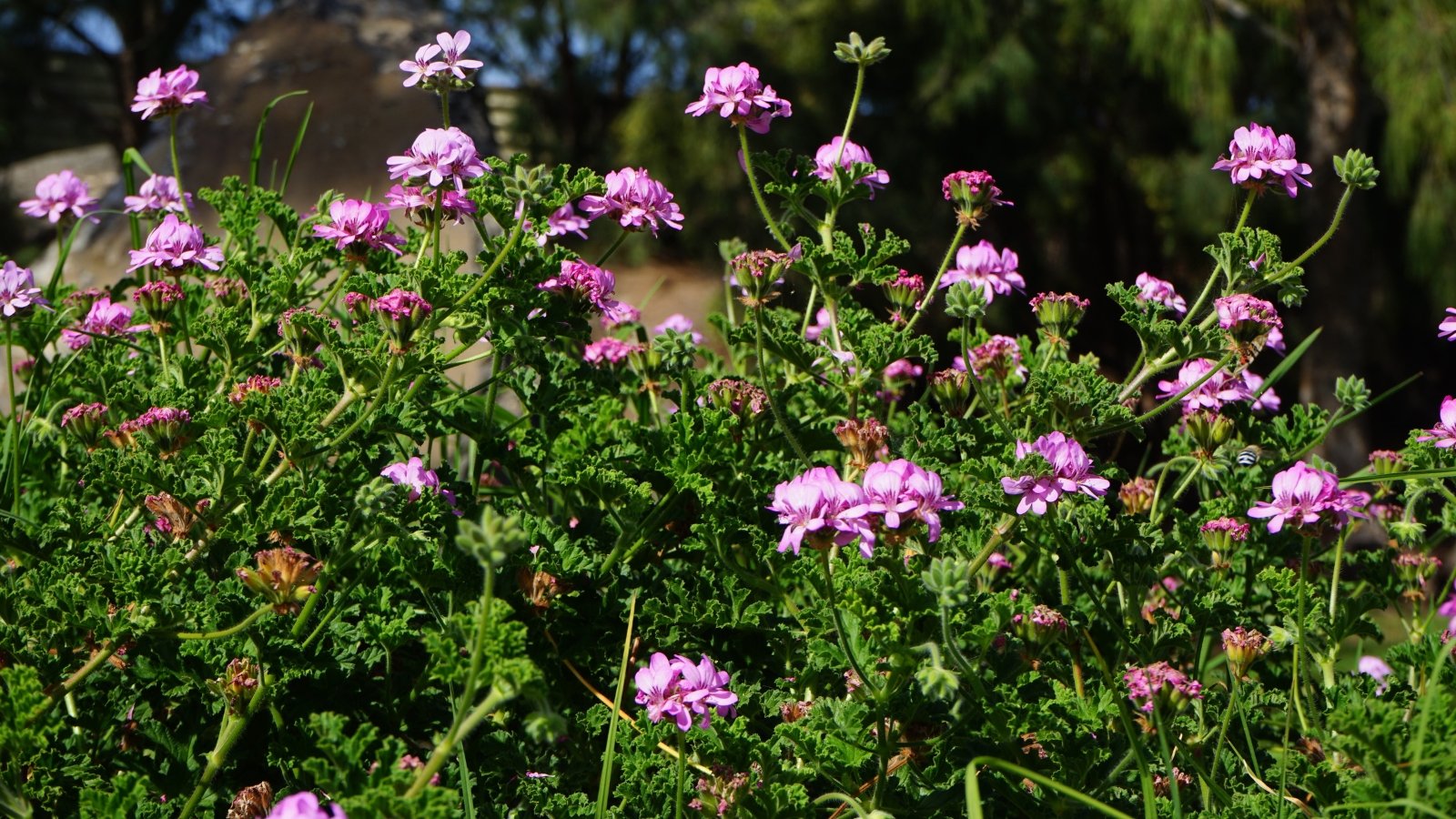 Aromas range from rose to tropical, surprising every nose.
Aromas range from rose to tropical, surprising every nose.Scented geraniums have incredible fragrance in their leaves! Many varieties and species exist with an array of aromas, like coconut, rose, and citronella. Some have beautiful flowers that sprout in late spring and summer. Use the blooms and leaves in sachets, desserts, and infusions to extract their aromas and flavors.
Pinch these herbaceous stems, and multiple new ones will grow beneath the cut wound. Let the plants reach a sizable height first, then use your fingertips to cut them back.
Summer Savory
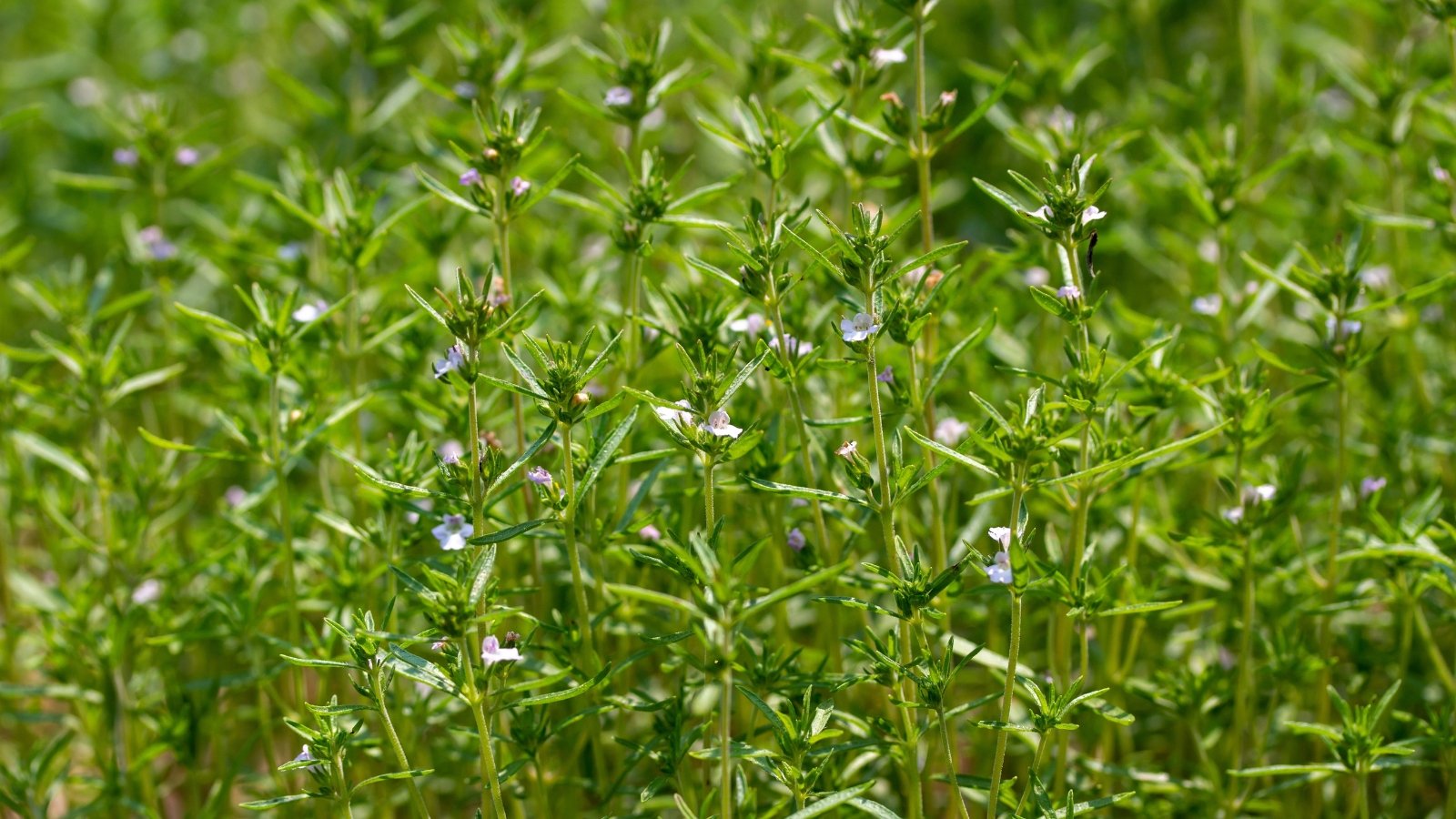 Growing leafy and fresh means holding off on blooms.
Growing leafy and fresh means holding off on blooms.Two main types of savory exist for culinary and herbal creations: summer and winter. Summer savory is the better species for the kitchen, as it has a milder, subtler flavor than the winter species. Though it tastes better, it’s an annual instead of a perennial. Pinch it to keep it growing leaves instead of blooms.
If you let this herb grow un-pinched and un-pruned, it’ll sprout flowers and die! Annuals like this herb end their lives at the end of the growing season.
To save seeds for next spring, let the plants flower near the end of summer. Their pollinated blooms will morph into seed pods that you can harvest and store for planting when the weather warms.
French Tarragon
 This perennial behaves best with a little trimming.
This perennial behaves best with a little trimming.French tarragon is the best type for cooking and infusions. Many other types exist with different flavors and strengths, like Mexican and Russian tarragon! To acquire this specific variety, you must search plant shops or online stores. It does not sprout from seeds, but from clones that growers propagate from existing plants.
Though French tarragon is a perennial in most zones, it benefits from your pinches like an annual would. Use your fingers to keep it small, full, and dense.
Thyme
 It’s a hardy ground-hugger that fills gaps beautifully and easily.
It’s a hardy ground-hugger that fills gaps beautifully and easily.Thyme is a low-growing spreader with familial ties to rosemary, lavender, and sage. It’s tough like oregano and flavorful like marjoram. Give it plenty of room to spread and root along the ground, and it’ll create dense mounds full of foliage.
To keep the mounds compact, pinch their growing tips throughout the summer season. Pull up unruly stems if they grow where you don’t want them to. You can propagate the pulled, rooted stems in pots or containers with potting soil.


 1 month ago
24
1 month ago
24





















 English (US) ·
English (US) ·  French (CA) ·
French (CA) ·